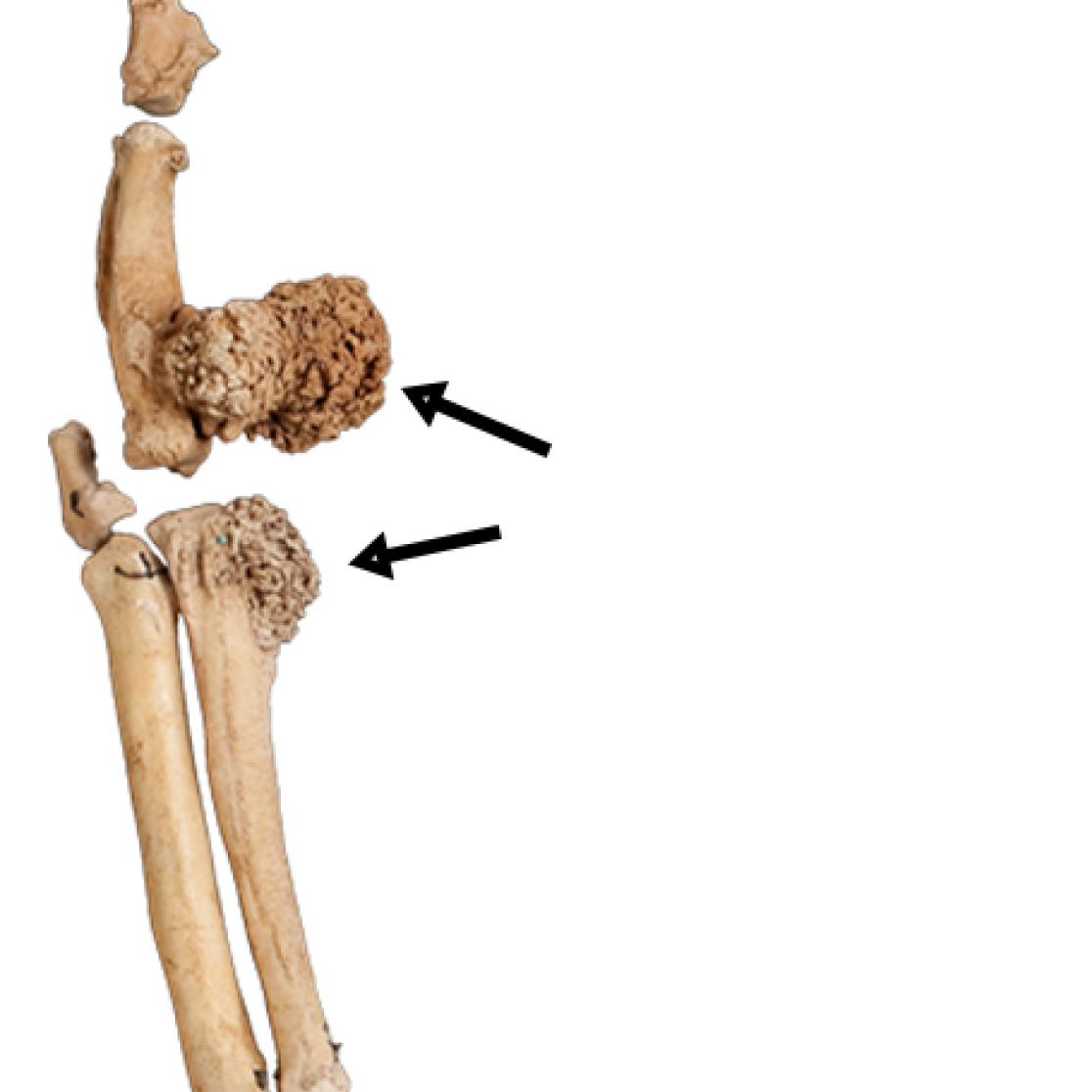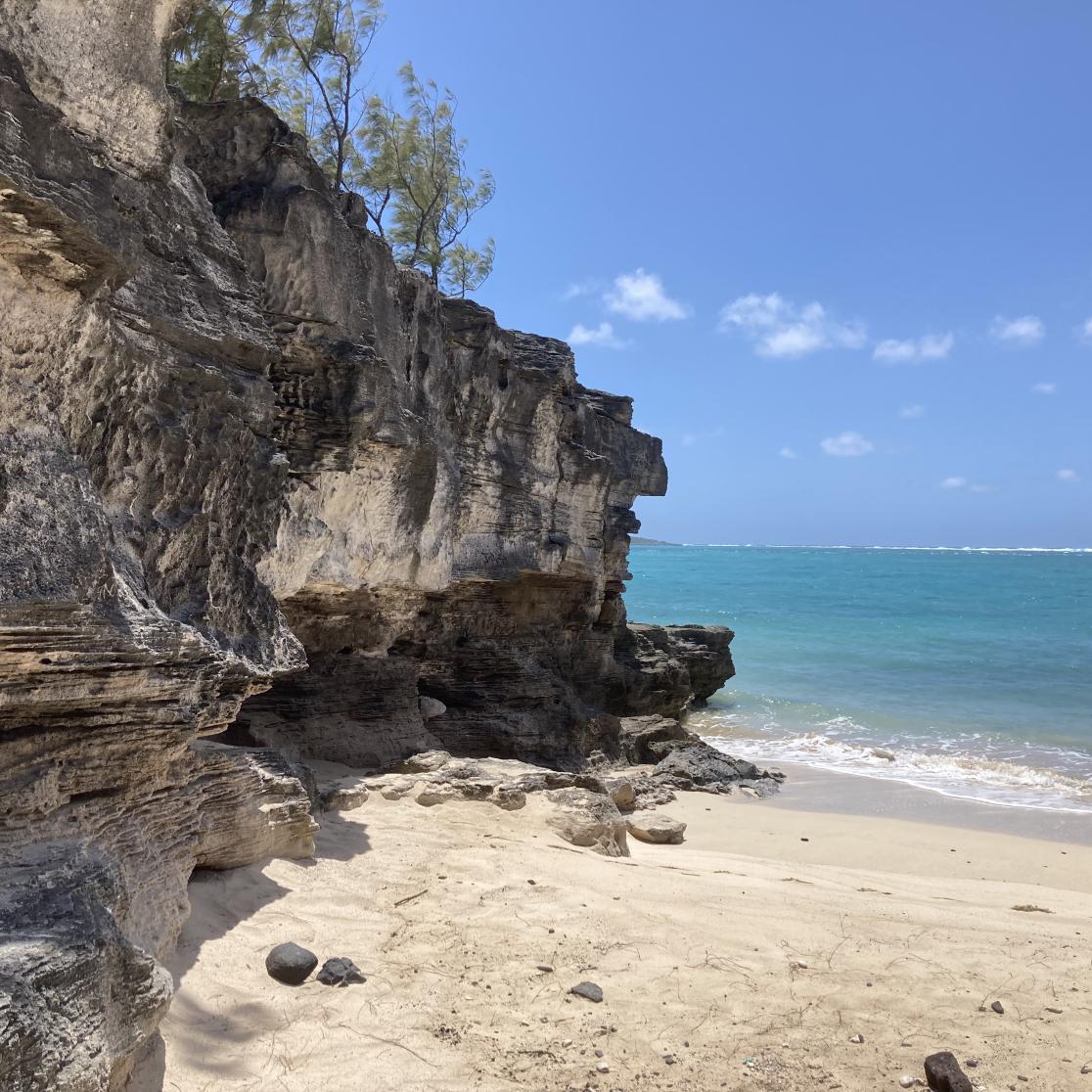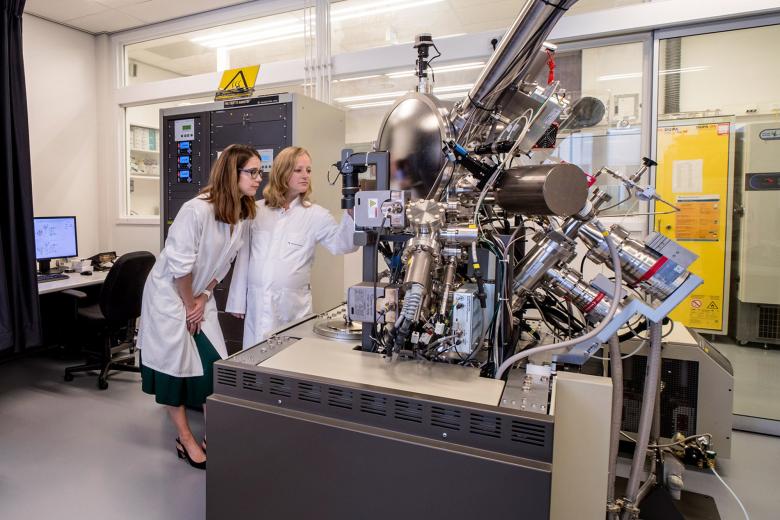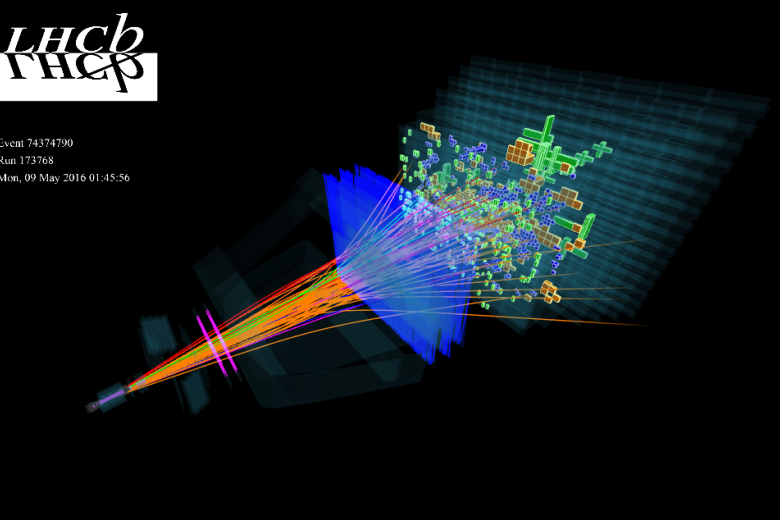Aggression, a last resort in rising sea levels
In nature, large-scale aggression is rare, but it can take hold when space and food become scarce. Researchers from the University of Amsterdam, Maastricht University, and their international colleagues show how this can happen.
On the island of Rodrigues in the Indian Ocean once lived the Solitaire, a highly aggressive giant pigeon that went extinct in the eighteenth century. The birds were equipped with bony protrusions on their wing skeletons, which they used to fight each other in defence of their territory. The researchers refer to these protrusions as “boxing balls.” Excavations on Rodrigues reveal the damage a blow from such a “boxing ball” could cause, with broken bones being fairly common.
Aggression
On Rodrigues, all Solitaires—both male and female—were found to be aggressive and armed, unlike their closest relative, the peaceful Dodo on the nearby island of Mauritius. The Solitaire’s aggression puzzled researchers for a long time. In nature, large-scale aggression is generally a poor strategy. Fighting consumes energy and can lead to injuries or death. Usually, aggression is confined to a few individuals within a group, such as rutting stags. Aggressive behaviour also often serves to deter others, in an attempt to avoid actual fights.

Sea Level
Interdisciplinary research by palaeontologists, evolutionary biologists, and geologists shows that the land surface on Rodrigues varies greatly. During ice ages, it expands, but afterwards, as melting ice raises sea levels, the land area shrinks rapidly, by as much as 90%. The Solitaire population became constrained. The most aggressive birds retained their territory and gained dominance. They passed their genetically determined aggression to their offspring, and eventually, all the birds became aggressive. Since this phenomenon repeated after each ice age, the population remained aggressive.
Humans
The research yielded another striking finding. The scientists can mathematically demonstrate that there is a critical threshold; if this is exceeded, aggression becomes an irreversible dominant trait in that population. They speculate that a similar phenomenon might occur in other species, perhaps even in humans.
Read the full article in iScience:

Also read
-
UM to play a more prominent role in Dutch scientific infrastructure
Eleven consortia from various scientific disciplines are set to launch projects of great value to science. The Dutch government is making a total of €197 million available for this purpose. Scientists from Maastricht University (UM) are closely involved in seven of the eleven projects.

-
Archaeology as a bridge between past and future - Luc Amkreutz Appointed 8th Eugène Dubois visiting professor
Luc Amkreutz is the new Eugène Dubois Visiting Professor at the Faculty of Science and Engineering at Maastricht University. "I see this chair as a unique opportunity to highlight the multidisciplinary power of archaeology and to show how science and society can reinforce each other."

-
Maastricht University contributes to FASTTRACK: extremely fast particle detection at CERN
Maastricht University is participating in the FASTTRACK project, which has been awarded a €21.7 million NWO Roadmap grant. FASTTRACK will enable extremely fast detection of particle collisions in the Large Hadron Collider.
